On March 5th we had the opportunity to host StoryFusion Meetup #3 with Martje Friedrich, producer at INVR.Space.
In her presentation she provide a concise introduction into the possibilities of VR, but also spoke candidly about the challenges of the technology.
At first she gave an overview of the current state-of-the-art, while also pointing out the differences between Virtual Reality (VR), Augmented Reality (AR) and Mixed Reality (MR).
In VR the user is immersed into an entirely artificial environment, wearing a headset which (usually) does not interact with the user’s actual environment. The Samsung Gear, Google Cardboard, Oculus Rift and HTC Vive are solutions which are currently on the market.
In AR, artificial creations are “placed” in the user’s actual environment. AR often does not require a headset, smaller AR applications can be found on current generation of smartphones and mobile devices.
MR combines elements of VR and AR, replacing entire sections of the user’s environment with artificial creations, thus blending actual enviroments and fictional worlds. While Mixed Reality is considered a breakthrough technology, there is currently none of the required headsets for consumers available on the market, though prototypes of Microsoft’s MR headset, Hololens, are purchasable.
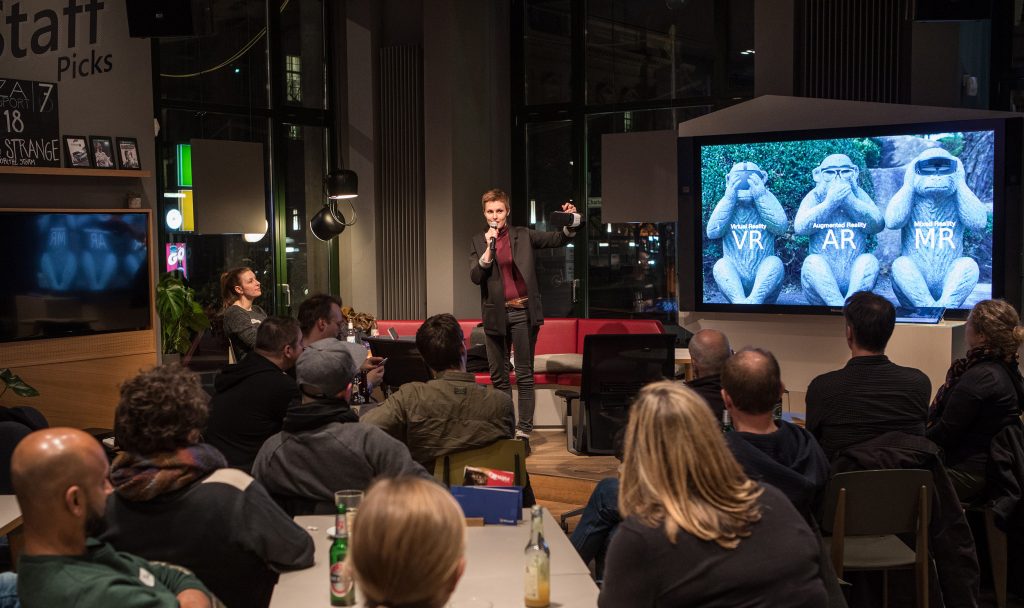
As a producer of VR content for INVR.Space, Martje Friedrich focused on current applications of VR.
She has identified six challenges for VR storytellers: Point of view, emotion/immersion, technology, motion sickness, location/space and orientation.
One crucial aspect of VR storytelling is the point of view of the user: Are they an uninvolved observer in a scene? Or are they a protagonist? The question about the user’s perspective has to be answered at an early stage, before VR production begins.
The advantage of VR lies in its immersive quality, which is a strong conduit for emotions. Martje Friedrich considers “emotion as a key” for VR, whether it is in an immersive VR concert experiences or an interactive experience.
The technological challenge is multifaceted: The limited availability and high price of VR headset limits the mainstream success of VR, despite the great interest of the general public. On the other hand creators are still exploring the possibilities and limitations of VR. Martje Friedrich described the current situation of the technology as “the spectacle stage of a new medium”.
The limitations of the currently available technology also emphasized the problem of motion sickness. Many people still experience motion sickness while using VR headsets and even though continued usage mitigates the problem in the long run, it is still an obstacle for the acceptance of the technology.
The virtual location or space of a VR experience can pose another challenge, though also providing new narrative opportunities. Martje Friedrich pointed out that filmed VR experiences fundamentally differ from traditional films: As an entire room/location is captured on film, these spaces become an essential element of the creative process. She compared a VR set as akin to the stage of a theatre, rather than a movie set. Actors are acting within this environment which is usually visible as a whole, rather than in isolated, edited shots like in film. “It’s always about the whole room,” she specified.
This specific requirement led over to the last point on Martje Friedrich’s list: Orientation.
Due to the user being immersed in a virtual location, it becomes a requirement for the user to be able to orient themselves in these surroundings, which poses its own set of intricacies. The user might not always know where to look and how to identify the important elements of a scene. This requires a special sensibility by the creators for the needs of their potential audience. Directional sound systems may alleviate this task.
After her presentation, Martje Friedrich answered several questions and offered the audience th opportunity to explore various VR experiences, while other participants mingled.
The StoryFusion team thanks Martje Friedrich for her time and her presentation, all of the attendees, INVR.Space and Microsoft for supporting the event, as well as the staff of the Digital Eatery.
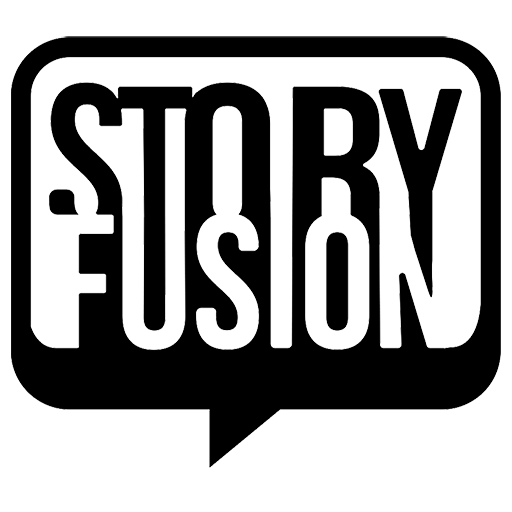
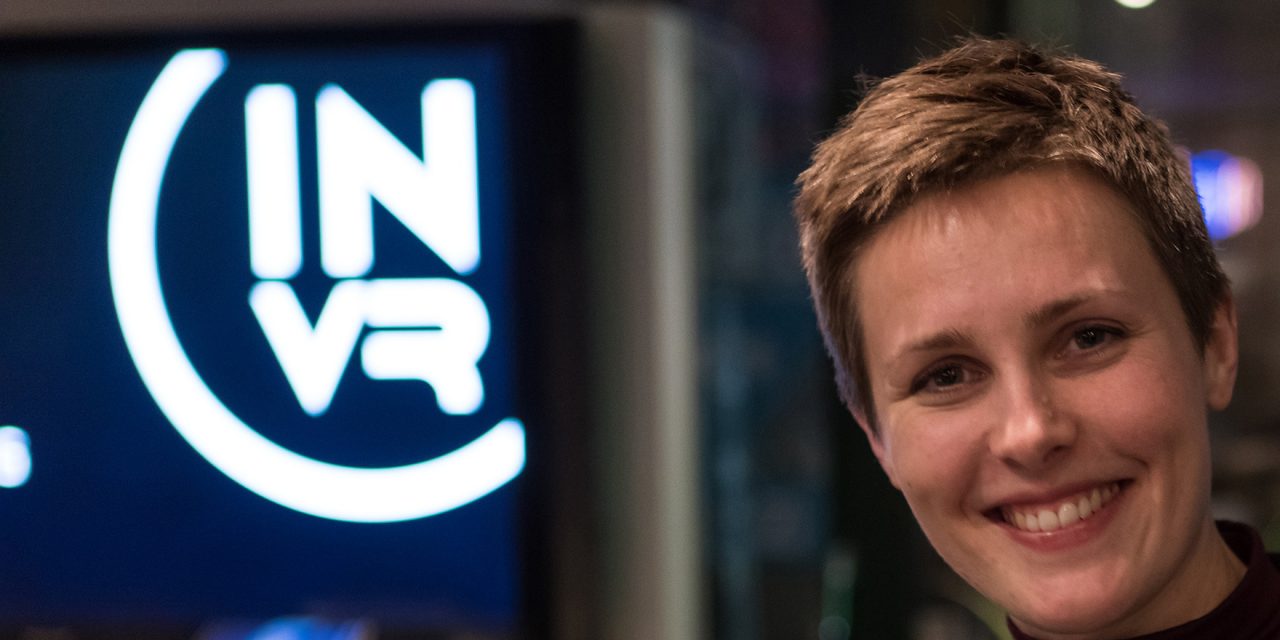
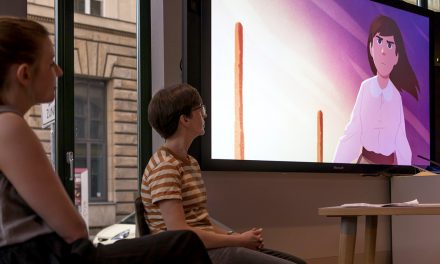
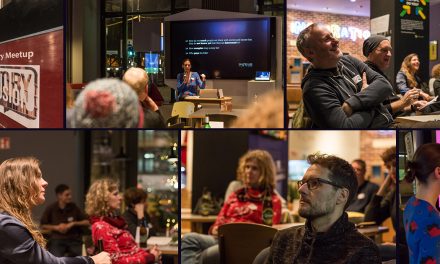
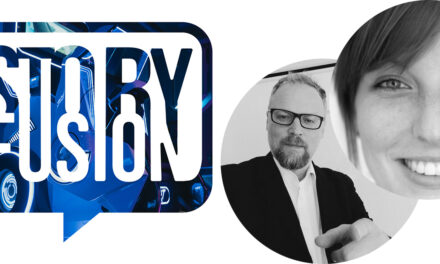


Recent Comments